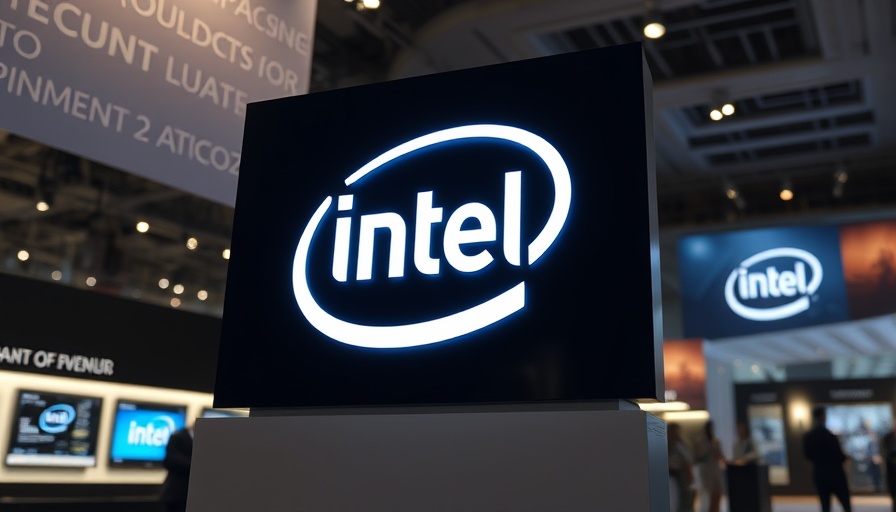
Power Hungry: The Dawn of AI in Wyoming
In an ambitious step forward, Cheyenne, Wyoming, is on the brink of hosting a groundbreaking AI data center that could consume more electricity than all human residents in the state combined. This initial project, a collaboration between energy infrastructure company Tallgrass and AI developer Crusoe, kicks off with a staggering demand of 1.8 gigawatts—set to scale up to 10 gigawatts—heralding a significant shift in the state's energy landscape.
The Scale of Energy Demand
The energy needs of this proposed facility are dramatic, with the first phase alone slated to consume 15.8 terawatt-hours (TWh) annually, eclipsing the energy used by every household across Wyoming. To put that into context, this consumption represents 91% of the overall electricity utilized by the state's entire residential, commercial, and industrial sectors. By full ramp-up, the data center's power appetite could reach an astronomical 87.6 TWh per year—twice the total electricity Wyoming currently produces.
Impact on Wyoming’s Energy Dynamics
Historically, Wyoming has been a net energy supplier, exporting nearly 60% of its generated power to other states. However, this new project pivots the state's energy strategy towards meeting high local demand while still leaning on its robust natural gas sector. Governor Mark Gordon hailed the data center as a boon, particularly for natural gas producers, suggesting a blend of economic benefit and energy sustainability.
What Lies Ahead for AI and Wyoming?
This move underscores the evolving relationship between AI technology and energy consumption. As we incorporate more AI-driven solutions, such as automated cybersecurity measures and AI-powered fraud detection methods, concerns about energy use will have to be balanced against the advancements these technologies provide. This facility could serve as a test case for future developments, illustrating the challenge of ensuring sustainable energy practices as we embrace technological progress.
Conclusion: Embrace the Energy Future
As tech-savvy regions eye advancements in AI, the scale of Wyoming's AI data center raises vital questions regarding the intersection of technology, energy consumption, and environmental impact. It’s crucial for industry leaders and policymakers to engage in open dialogue about sustainable practices and the role of AI in our lives. If you want to be part of this conversation about the future of AI and its implications on energy and security, stay informed and take action for a responsible tech-driven world.
 Add Row
Add Row  Add
Add 




Write A Comment